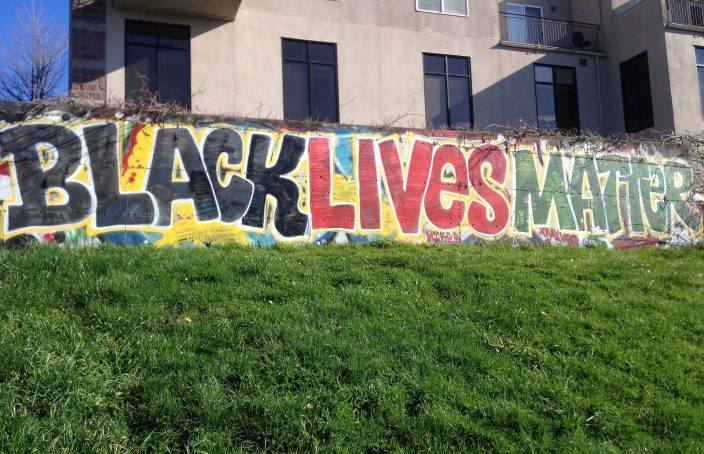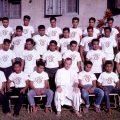Here We Go Again!
A few years ago I wrote an autobiographical essay that I called “How My God Has Changed.” Not just my notion of God really, but my whole thinking about life as I aged. This piece, which may never be published, is a reflection on how all those sharp distinctions I learned when I was young have been blurred over time. Saints and sinners, body and soul, spiritual and secular as a starter. But also: us and them, friends and enemies, native and foreigner, and so much else in life that had been divided by rigid boundary markers.
Sure, distinctions can be made between these “opposites.” But the boundaries are bridged and the dichotomies dissolve as a person ages (and, supposedly at least, becomes wiser). The black and white “realities” in my early life have taken on increasing shades of grey since then. Not fifty shades perhaps, but many!
I began to believe, perhaps foolishly, that the whole world was undergoing the same change in perception. I should have known better. Flipping open the newspaper or catching TV news was all it took to cure me of that delusion.
The horrible death of George Floyd and the violent protests that followed was one sure sign that black and white hadn’t merged into grey. “Black lives matter,” the signs said. As much as I was appalled at the terrible way Floyd died, my heart sank at the response to this tragedy. Of course, they matter, I thought. Every bit as much as white lives and brown lives and the lives of those of every other skin color. But must this be turned into something that will reassert those nasty old distinctions (between black and white)? Isn’t there a better response to this–one that will heal rather than divide?
Silly old white guy really believes that racism is no longer an issue, you might think. But I would have liked to believe that we’ve come a long way since Sidney Poitier appeared as the suitor of a white woman in “Guess Who’s Coming to Dinner.” Must we keep reasserting the distinction?
But let’s take another example. Last week my column, which addressed the issue of FSM migrants on Guam, urged newcomers to move on to the US mainland rather than settle here. The reaction of some Micronesians was to place me on the other side of the battlefield from themselves. But why must battlelines be drawn in the first place? Isn’t it possible to suggest something beneficial for everyone (which was my intent)? Or is this just that annoying idealism of mine again?
The current stance of the US government seems to be deepening strong boundaries between “locals” (those born in the US even if their grandparents weren’t) and migrants. Must we replay yet again a piece of our history of which we should be ashamed–the nasty divisions between the new arrivals and those who regard themselves as the real citizens? Can we ever get beyond that polarity?
Or take feminism as another example. We have accepted women’s role in the workplace. In fact, anyone should be able to see that the job could never be done without the contribution women make. This doesn’t solve all our problems, of course. Women still get beaten up, sometimes very badly, by their boyfriends or spouses. Naturally, we should do something about this, just as we should ensure that the George Floyd tragedy does not recur.
My plea is not for inaction; it is just to get rid of the signs. Black lives do matter, but let’s not regress to the old “black vs white” divisions that engendered so much of the nastiness in the past. Protect women, of course, but not under the placard of feminism–in the name of humanity.
Blacks, Micronesians, migrants, women–they’re not groups on the other side of the boundaries that we have drawn. They’re part of us! Let’s not accentuate those boundaries as we come to their support. After all, such boundaries were a big part of the problem in the first place.




